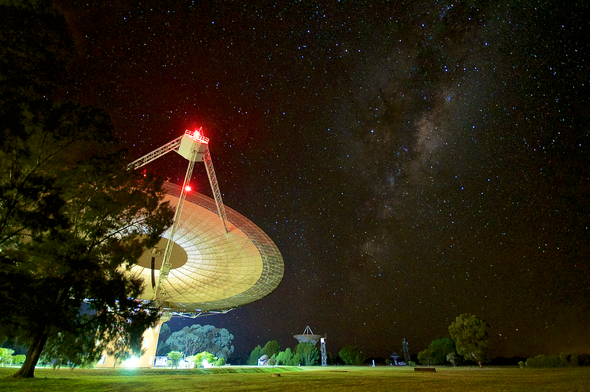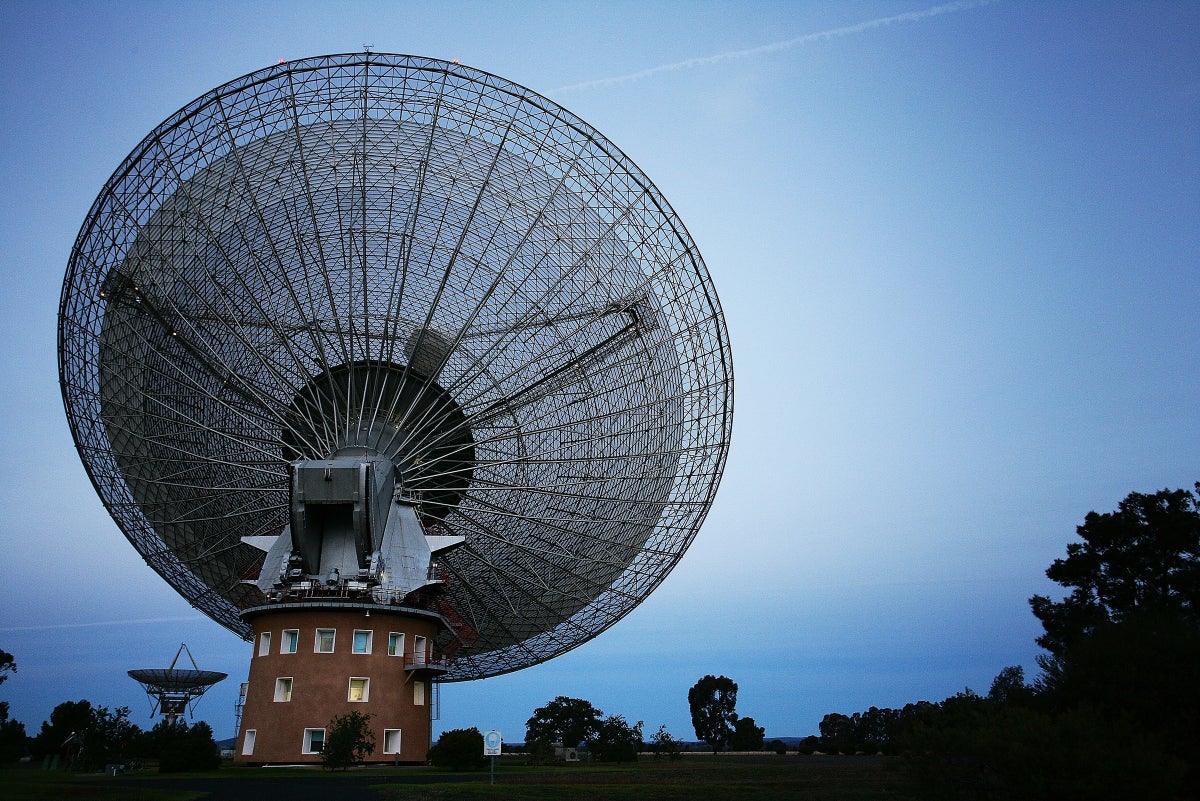- Joined
- Dec 11, 2018
- Messages
- 1,185
- Trophies
- 0

It’s never aliens, until it is. Today, news leaked in the British newspaper The Guardian of a mysterious signal coming from the closest star to our own, Proxima Centauri, a star too dim to see from Earth with the naked eye that is nevertheless a cosmic stone’s throw away at just 4.2 light-years. Found this autumn in archival data gathered last year, the signal appears to emanate from the direction of our neighboring star and cannot yet be dismissed as Earth-based interference, raising the very faint prospect that it is a transmission from some form of advanced extraterrestrial intelligence (ETI)—a so-called “technosignature.” Now, speaking to Scientific American, the scientists behind the discovery caution there is still much work to be done, but admit the interest is justified. “It has some particular properties that caused it to pass many of our checks, and we cannot yet explain it,” says Andrew Siemion from the University of California, Berkeley.
Most curiously, it occupies a very narrow band of the radio spectrum: 982 megahertz, specifically, which is a region typically bereft of transmissions from human-made satellites and spacecraft. “We don’t know of any natural way to compress electromagnetic energy into a single bin in frequency” such as this one, Siemion says. Perhaps, he says, some as-yet-unknown exotic quirk of plasma physics could be a natural explanation for the tantalizingly concentrated radio waves. But “for the moment, the only source that we know of is technological.”
The story of this latest SETI spectacle really began on April 29, 2019, when scientists affiliated with Breakthrough Listen started collecting the data that would later reveal the intriguing signal. A team had been using the Parkes radio telescope in Australia to study Proxima Centauri for signs of flares coming from the red dwarf star, in part to understand how such flares might affect Proxima’s planets. The system hosts at least two worlds. The first, dubbed Proxima b upon its discovery in 2016, is about 1.2 times the size of Earth and in an 11-day orbit. Proxima b resides in the star’s “habitable zone,” a hazily defined sector in which liquid water could exist upon a rocky planet’s surface—provided, that is, Proxima Centauri’s intense stellar flares have not sputtered away a world’s atmosphere. Another planet, the roughly seven-Earth-mass Proxima c, was discovered in 2019 in a frigid 5.2-year orbit.
One might think, then, that the case would be closed. But while a natural cosmic source may seem unlikely, it cannot yet be ruled out—and, the thinking goes, as unlikely as a natural explanation might be, an “unnatural” explanation such as aliens is even less likely still. Consequently, every member of the Breakthrough Listen team interviewed for this article steadfastly insists the chance of this being anything other than terrestrial interference is exceedingly remote. “The most likely thing is that it’s some human cause,” says Pete Worden, executive director of the Breakthrough Initiatives. “And when I say most likely, it’s like 99.9 [percent].”
Nonetheless, it remains one of the most intriguing signals found by Breakthrough Listen—or indeed any SETI program—to date, one that Sheikh compares to the so-called “Wow! signal” detected in 1977, which some believed to be of extraterrestrial origin. “I think it’s on par with the Wow! signal,” she says. More likely than not, however, this is simply some previously unknown source of Earth-based interference. In a few months we’ll likely know for certain one way or another. But for the time being, it’s never aliens … right? “I hate that phrase, because if you say that then why even look,” Wright says. “What we mean by that is that it’s never been aliens before.”

Alien Hunters Discover Mysterious Signal from Proxima Centauri
Strange radio transmissions appear to be coming from our nearest star system. Now scientists are trying to work out what is sending them